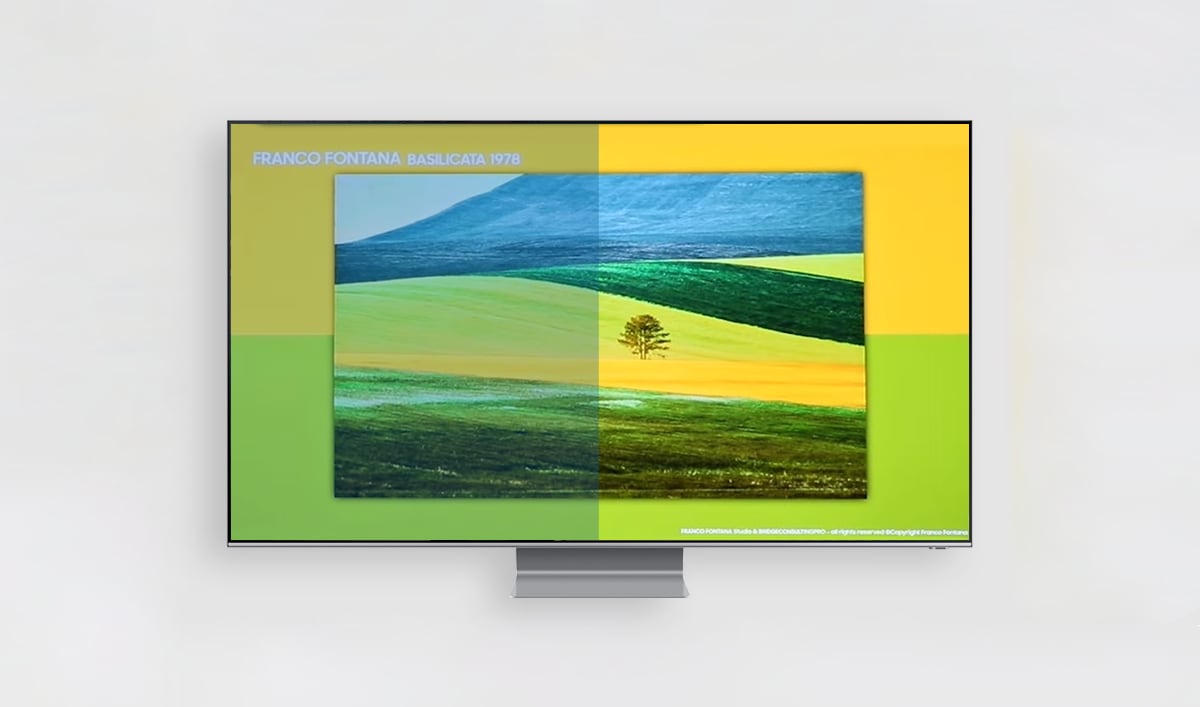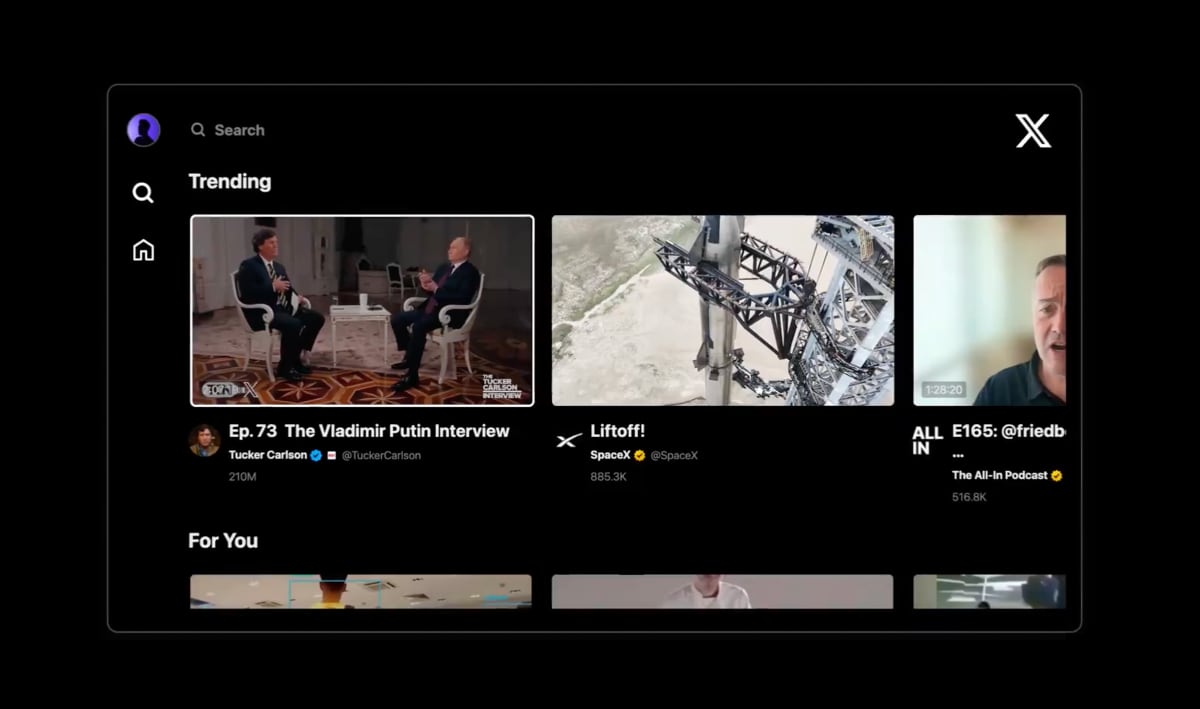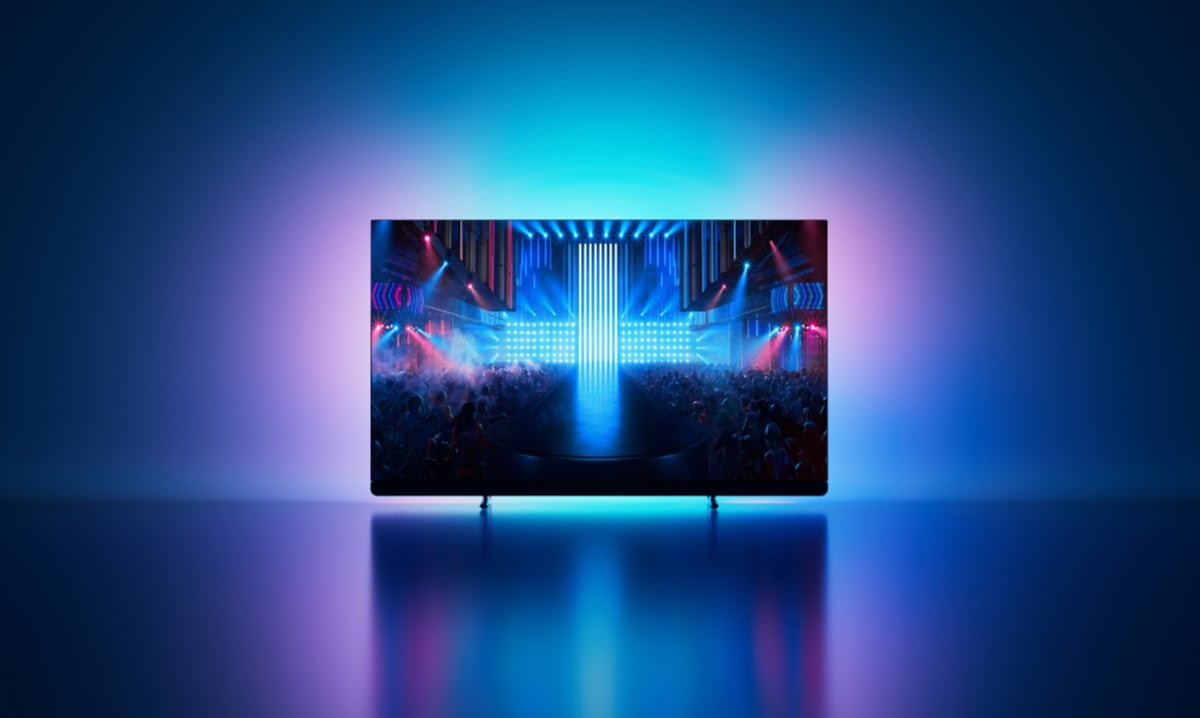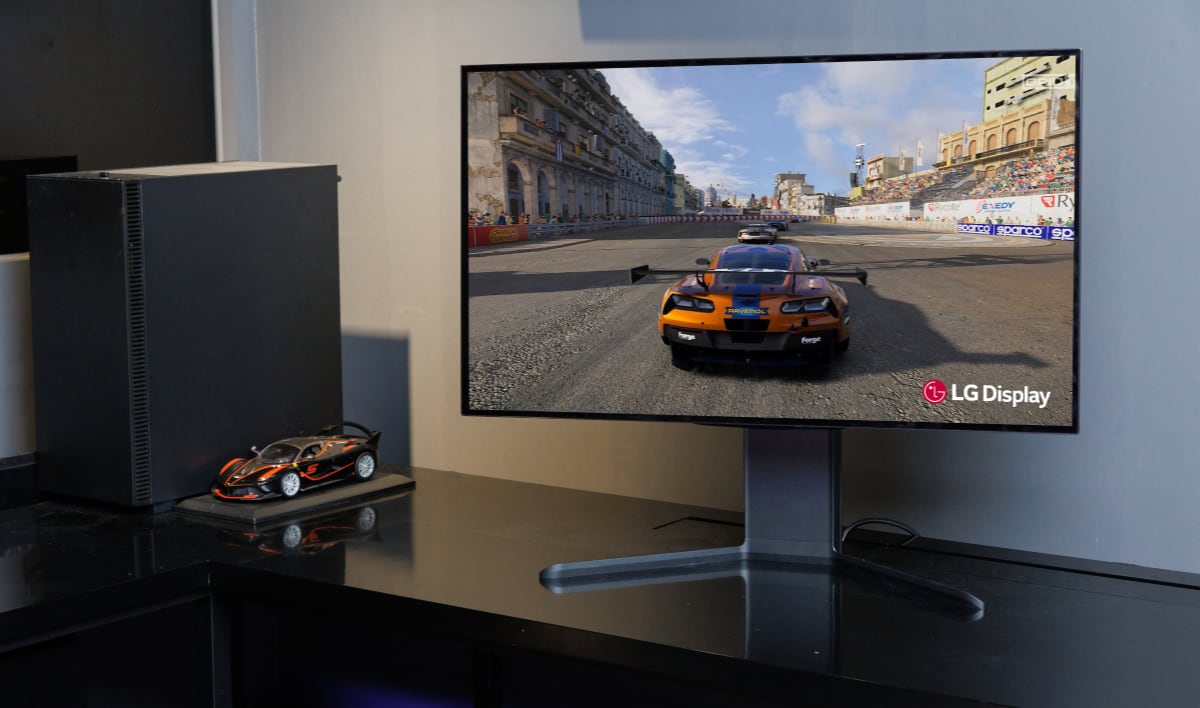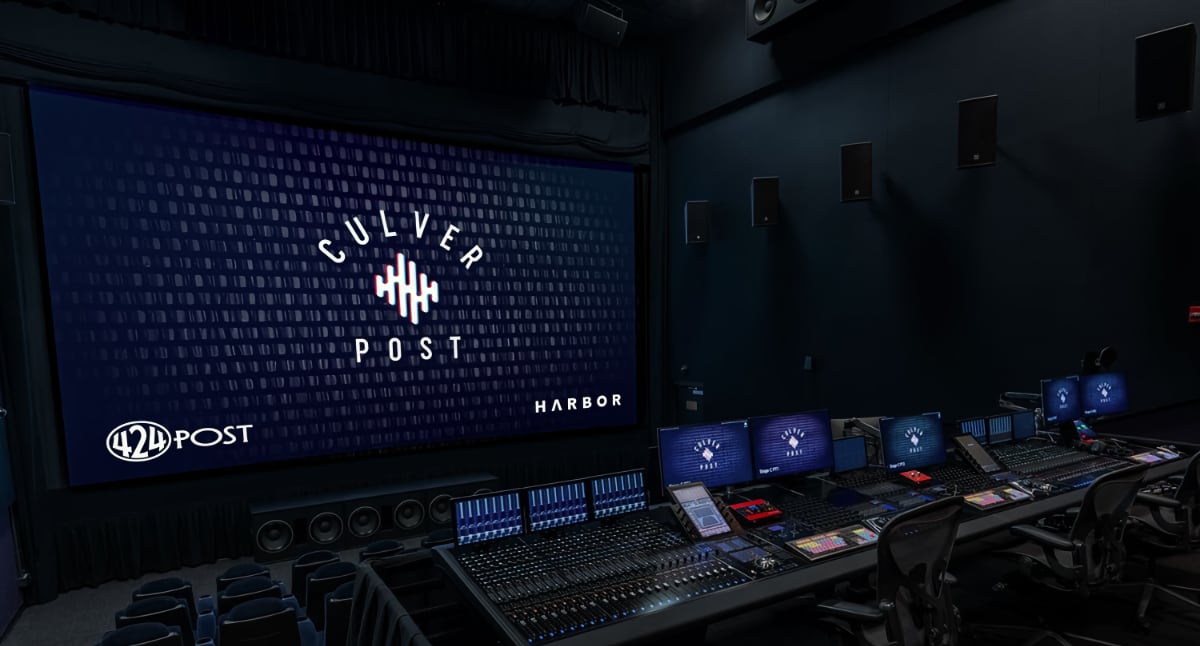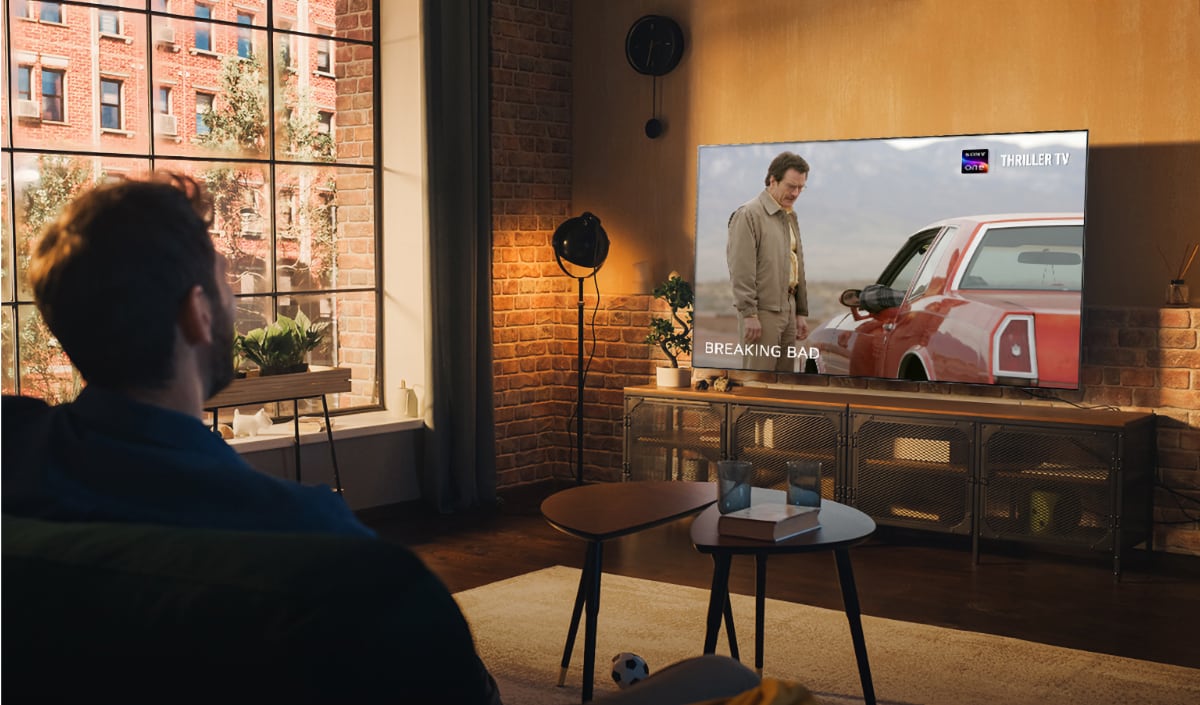Samsung Display argues that 'perceived brightness' should be used rather than 'luminance' due to how our eyes and brain work. Its XCR method has been adopted as a standard.
Historically, a display's luminance has been measured in nits (cd/m2) which takes into account how many times brighter a display is compared to 1 nit – equivalent to a single candle illuminating 1 square meter.
Before HDR we had displays capable of reaching 100, 200 or 300 nits, but these days we have displays that can peak at 1000, 2000 or even 3000 nits in HDR white highlights, while we are also moving towards the extended Rec.2020 color gamut that is closer to the human vision's ability to see colors.
The big jump in brightness and color calls for a new measurement method, argues Samsung Display, the maker of the QD-OLED panels that go into QD-OLED TVs from Samsung Electronics and Sony.
Say hello to eXperienced Color Range (XCR)
At CES and other trade shows, Samsung Display has sometimes highlighted eXperienced Color Range (XCR) as a better way to quantify the display experience.
Samsung Display's XCR measurement method has now been officially implemented by SEMI (Semiconductor Equipment and Materials Institute), an institute representing over 2,500 semiconductor and display companies around the world. SEMI is responsible for reviewing and establishing international standards.
- "Even when two screens have the same luminance value, the human eye will still be able to see a clear difference in perceived brightness. This is because human perception of brightness is affected not only by luminance, but also by the type of color and its saturation. XCR reflects how a display with better color reproduction appears much brighter when the luminance value is the same whereas traditional luminance measurement methods do not account of this phenomenon," explained Samsung Display.
- "XCR is a way of quantifying the perceived brightness of displays based on a color appearance model to convert the measured spectrum of light into perceptual attributes, such as achromatic brightness, colorfulness and hue."
It is known as the Helmholtz-Kohlrausch (H-K) effect, first recognized in 1860 by German physicists Hermann Ludwig Ferdinand von Helmholtz and Friedrich W. Georg Kohlrausch.
Take for example these colors that all measure to the same luminance figure using today's method, even though especially red is clearly perceived as brighter by our eyes.

All these colors measure to the same luminance using today's method. It is the Helmholtz-Kohlrausch (H-K) effect. Photo: Samsung Display
Samsung Display said that the 2023 QD-OLED panel was measured to have the highest XCR of any OLED display that is currently being mass-produced. This is not the same as having the highest peak white.
Example
In an earlier study, according to Samsung Display, XCR was "almost twice as accurate as mean luminance in predicting which one of two HDR displays observers would find brighter for a variety of HDR images".
- "One example can be found in Figures 3 to 6. For this image of billiard balls, the QD-OLED and conventional displays were predicted by CIECAM16 to produce similar values of achromatic brightness (Figure 4). However, the image on the QD-OLED is much more colorful (Figure 5), leading to greater values of PCL Vividness (Figure 6). This agrees with our subjective testing, which rated the QD-OLED as brighter for this image," the company said.
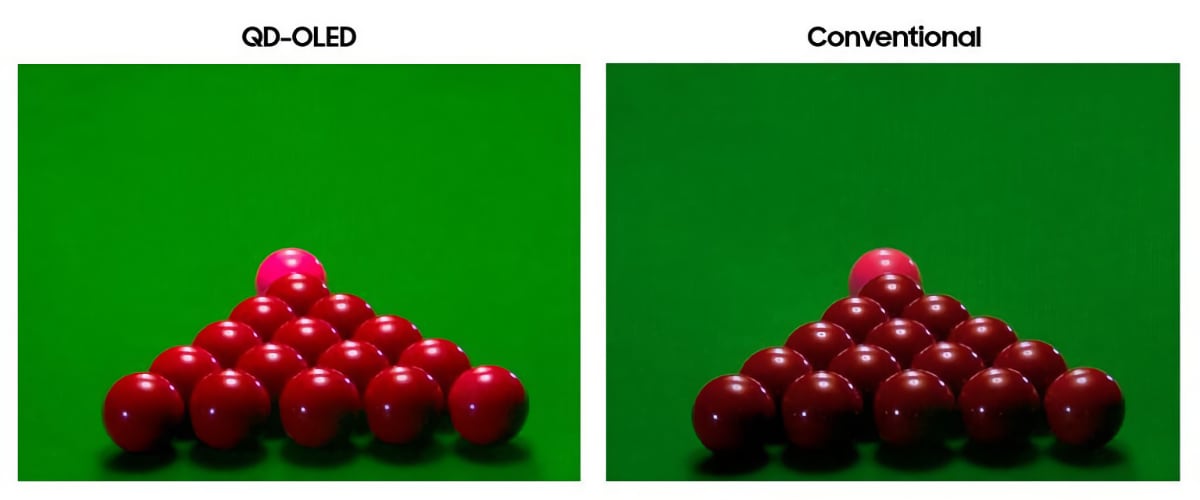
Figure 3. Photo: Samsung Display
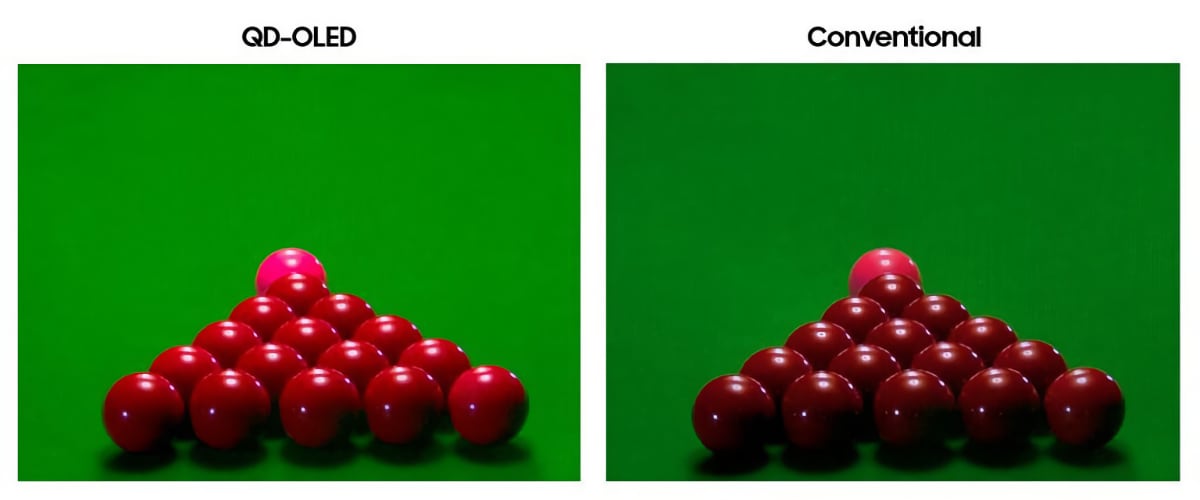
Figure 4. Photo: Samsung Display
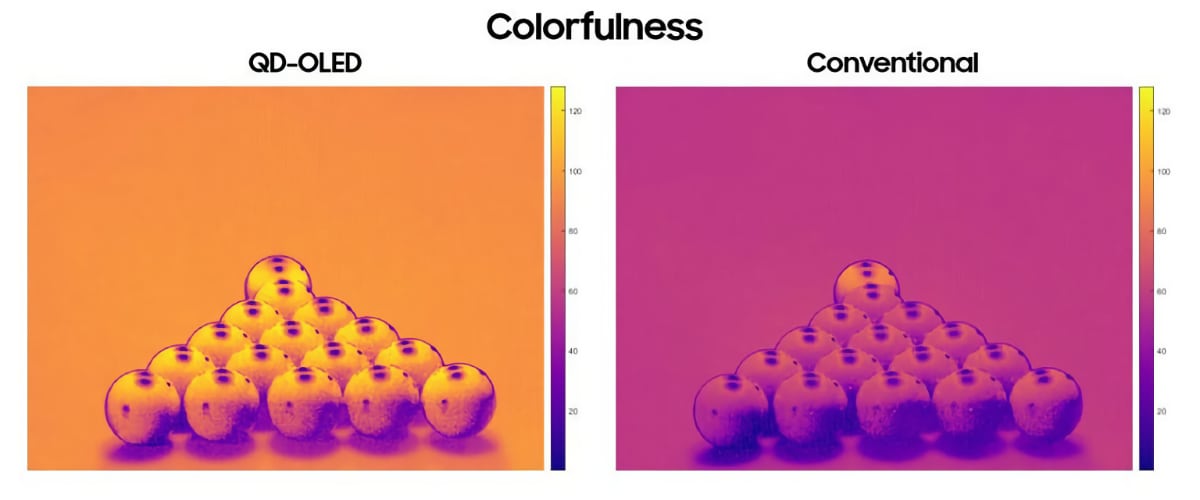
Figure 5. Photo: Samsung Display
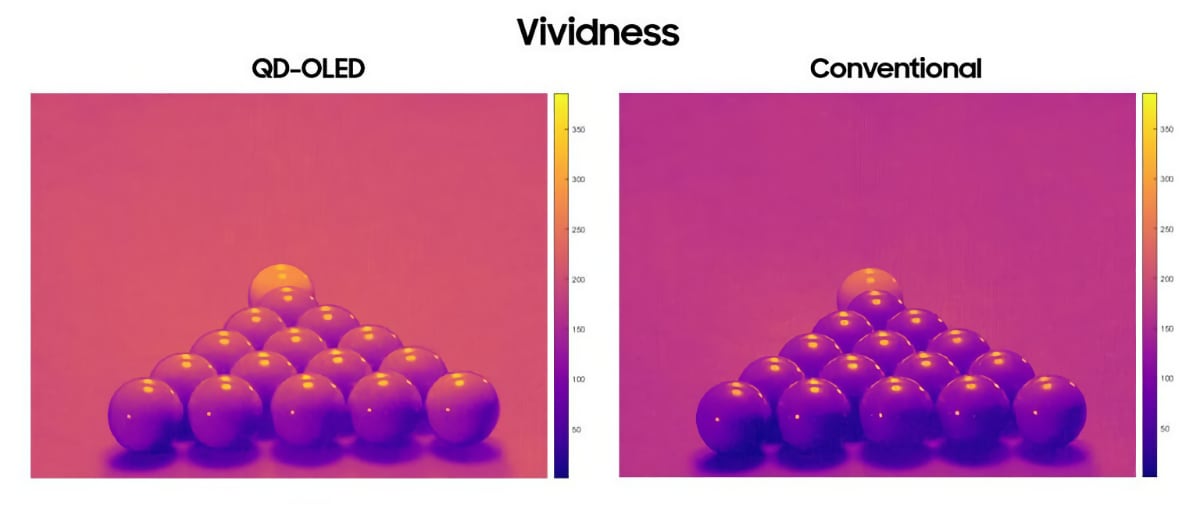
Figure 6. Photo: Samsung Display

